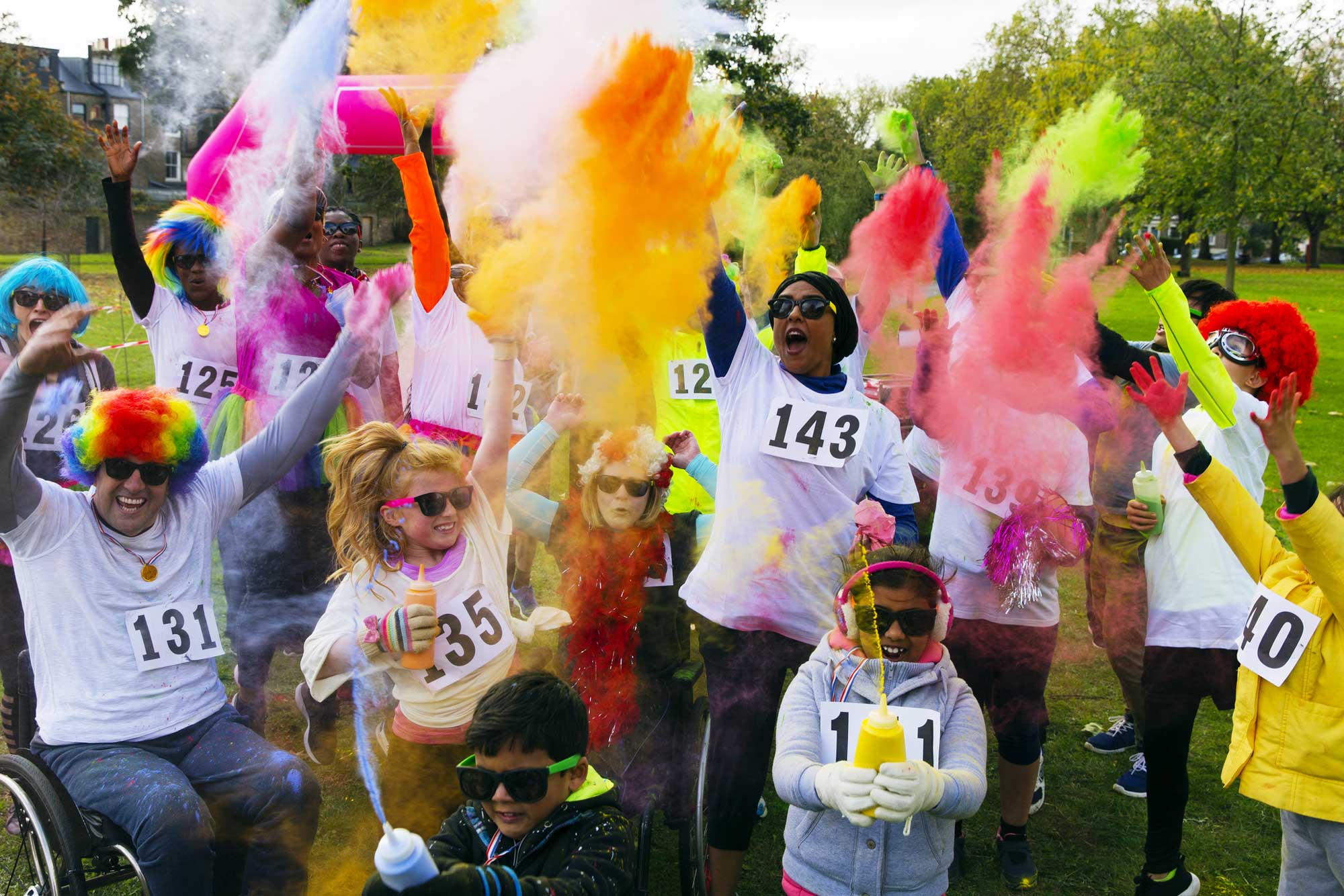Whether we were first introduced to it in preschool, play group, day care, or kindergarten, it’s likely that our early experiences of childhood education included many lessons about getting along, sharing, making friends and the like. And many of us can probably go even further back than that… All the way back to our first days of watching Sesame Street at home.
Those lessons were part of what’s called SEL, or social-emotional learning. You know, it’s the stuff that helps us relate to one another person-to-person, as humans. Children’s television programs like Sesame Street, Mr. Rogers, and their counterparts entertained us and educated us about things like letters, numbers, and colors while, at the same time, introducing us to a variety of puppets… er, people… who look, speak, and act a little differently than each other and what viewers might have been used to. All those characters of varied heights, fur colors, and personalities were created to help us develop respect for ourselves and others and show acceptance for all the ways we are alike and unlike. That’s the part of SEL that’s developed into a wider conversation about diversity, equity, and inclusion or DEI.
DEI is a topic we primarily hear about in relationship to offices and workplaces. It’s essentially about the development of formal policies businesses and other organizations have or will put in place to ensure that every single person who works for, works with, or interacts with them is treated fairly and with respect. It may feel like a grownup issue because conversations about DEI carry a heavy connotation for those who now have a spotlight on their value as individuals and as members of groups who have traditionally been treated unequally because of their ethnicity, race, religion, financial status, gender, intellectual ability, physical disability, and other differences.
Whittled down to their core, though, DEI efforts are simply attempting to establish better opportunities for and better relationships among all people by doing the behind-the-scenes work needed for organizations to show kindness and fairness to everyone. As parents, we try to instill attributes of kindness in our children before they can even speak, but sometimes—especially now as DEI has become a headline conversation around the world—we may feel like we need to do more. So, we looked for some online resources to help you encourage kindness and understanding in your kids.
The website We Are Teachers hosts resources for school aged kids including printables like these 8 FREE Kindness Posters to Help Spread the Love in Your Classroom. They’re adorable, easy-to-understand, and perfect for use at home. Plus, they’re totally colorable if you print them out in black & white! The site features an entire category of SEL resources for every age group to help you find children’s book on difficult topics, links to TED Talks, activity sheets, and more.
For the younger set—infant to age six—Sesame Street in Communities online hosts resources that are fun and meaningful on topics from developing good dental habits and eating well to grief, divorce, racial justice and many other complicated conversations.
It’s easy for parents to feel overwhelmed and alone when it comes time to have difficult conversations. We all have to set good examples by asking for help when we need it. That’s one of those social-emotional lessons we teach our youngest kids! So dive in and take advantage of websites like these that were created just to provide you with some support.

Lifestyle
Diversity, Equity & Inclusion Resources for Parents
Ready to shop?
Explore Aaron’s great selection of brand name products and make your dream home a reality.




